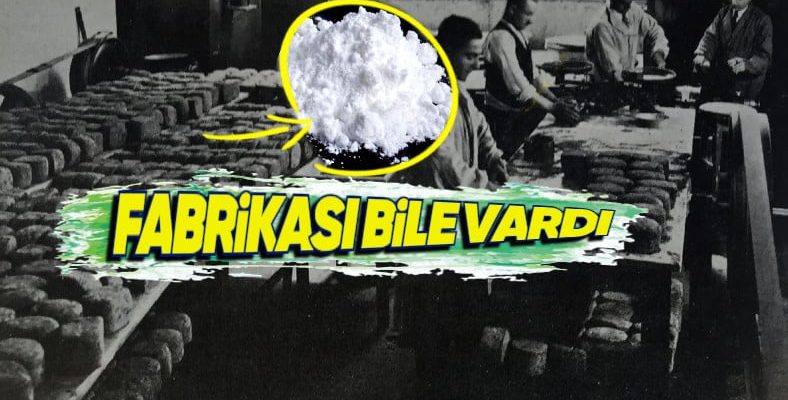Did you know that, contrary to its current status, heroin was once produced and consumed legally in our country and even around the world? Moreover, factories were even established for this!
Istanbul in time “capital of heroin” Let alone knowing that it existed, this substance, whose name cannot be mentioned at the moment, had a capacity to produce an average of three tons per month.
So how did this dangerous substance get banned? More precisely, how was it legal enough to establish a factory at the time?
During the Ottoman period, opium was an important trade commodity that increased export revenues and made a serious contribution to the economy.
However, what stands out here is; The main actors in international trade were British and American companies, not the Turks. This showed that the real income for the country came from them. Even during the Republican period, Turkey’s leading Opium, one of the export products, It maintained its strong role in the Ottoman period for years.
The opium plant, known for its recreational properties for thousands of years, was also very interesting for the medical world. german pharmacist Friedrich SertürnerHe obtained a compound from this plant in 1804 and named it “morphine”, inspired by Morpheus, the god of sleep in mythology.
Morphine began to be widely used in medicine in a short time, but considering its addiction disadvantage, it will replace morphine in laboratories. The search for an effective but non-addictive drug began.
British in 1874 Invention of Charles Romley Alder Wright, It was made into a commercially available product in 1898 in the laboratories of the Bayer company in Germany. Felix Hoffmann developed diacetyl morphine in Bayer laboratories.
People have described feeling great when they used diacetyl morphine.
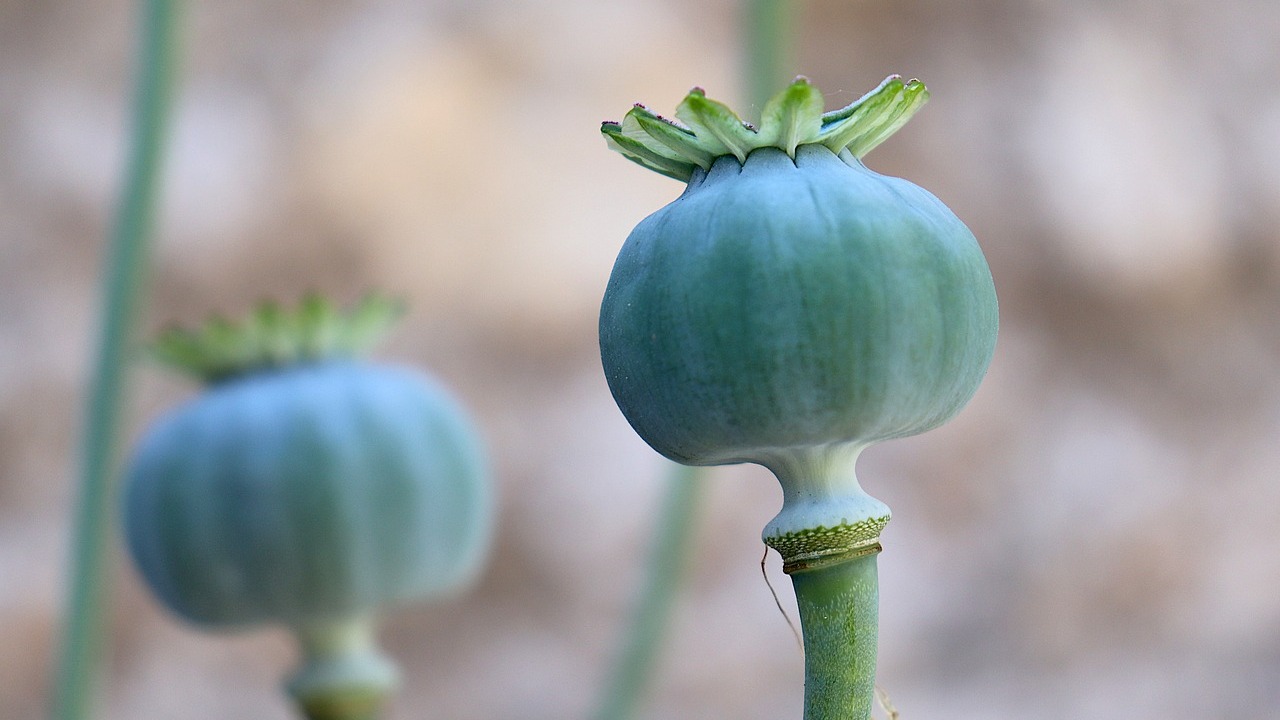
Bayer, this drug “Heroin” He put it on the market in 1898 and this drug became a big brand. Yes, you’re not reading it wrong. Heroin was also supported by medical experts and was announced to cut morphine addiction through clinical trials.
Within two years, Bayer’s product was available everywhere in various forms such as lozenges, water-soluble tablets and cough syrup. Production of heroin per month to a ton reached. This drug was easily found in pharmacies and even markets, and was consumed uncontrollably by people.
The measures taken on opium and morphine have come to the fore in many countries, especially in the USA.
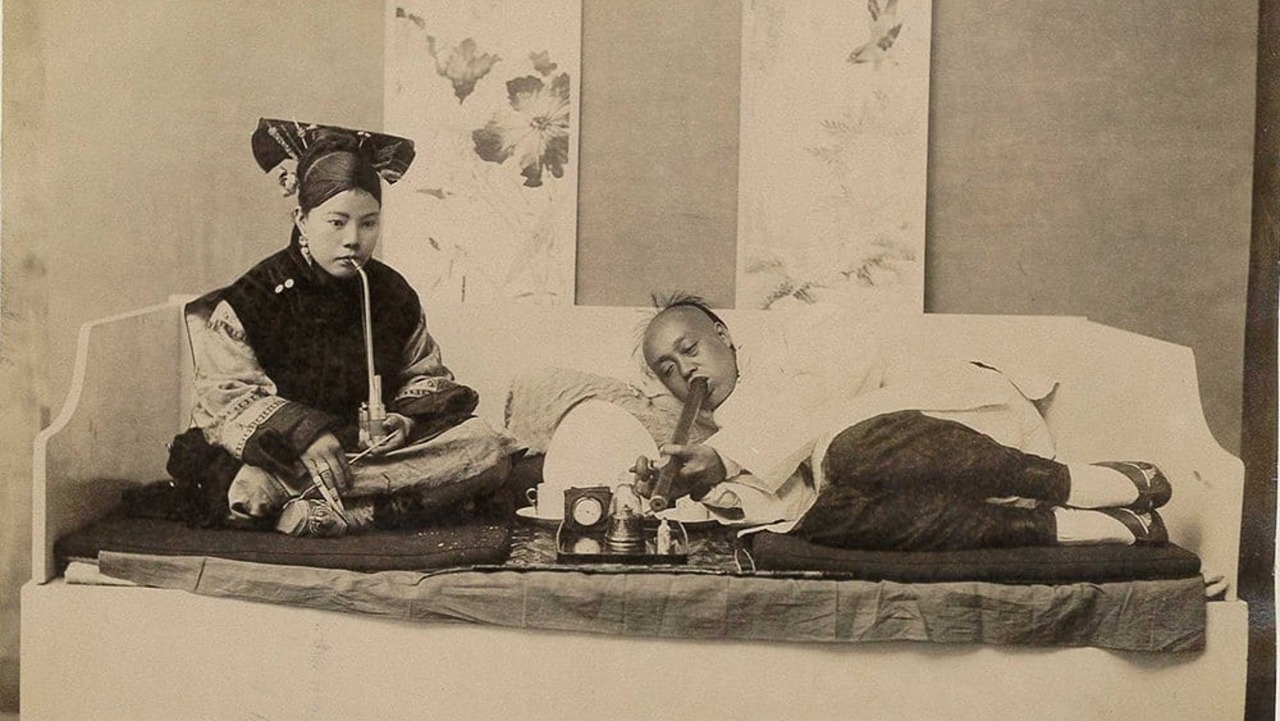
about opium The first international meeting was held in Shanghai, China, in 1909. At the meeting, the issue of banning production, use and trade except for medical needs was discussed.
Although the Ottoman Empire was invited to the Shanghai Conference, it did not participate. That is why he was involved in a more comprehensive international conference in The Hague on 1 December 1911. Major producer and processor of opium 12 states came together But again, there was no consensus on the issue.
This time, 24 countries attended the conference, which was held for the second time in 1913 upon the invitation of the Netherlands. In this conference, under the influence of the USA, countries An important legal infrastructure affecting domestic laws was created.
The Ottoman Empire did not want to sign the contract on the grounds that it would suffer economic losses.
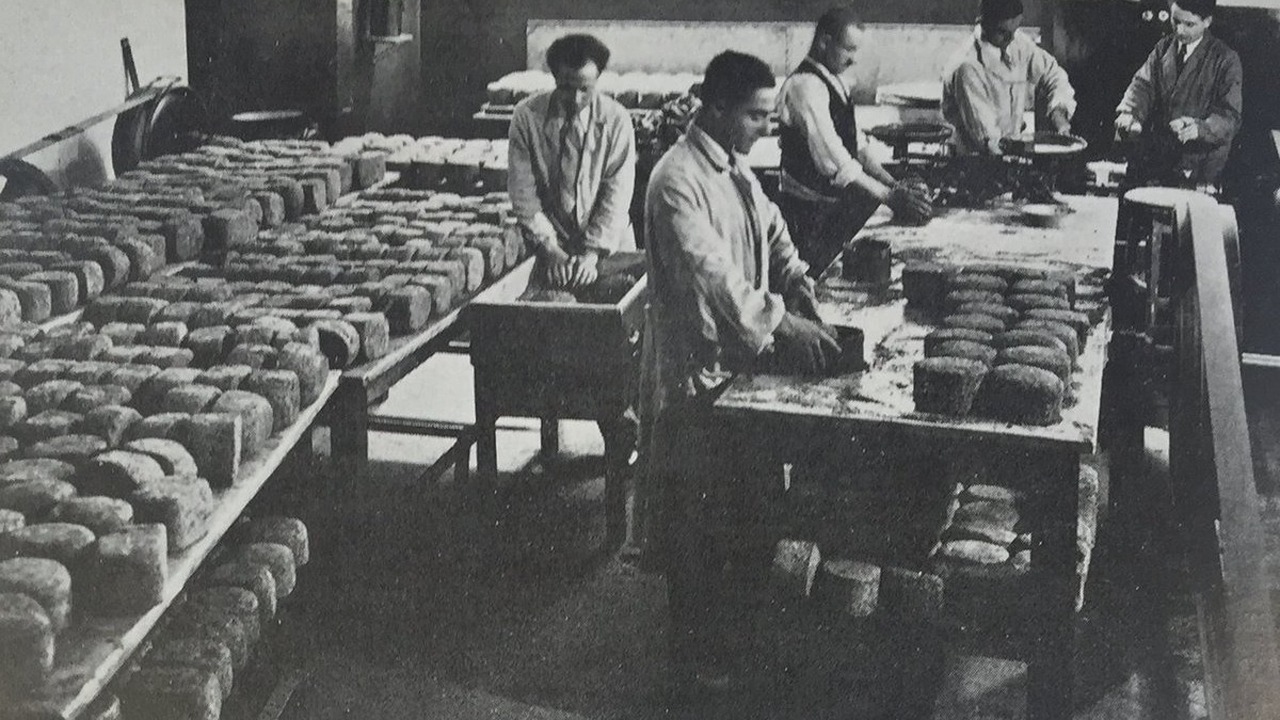
After the crisis, the contract It was decided to be implemented by other countries other than the Ottoman Empire and Serbia. The economic contribution of heroin to the country continued for years. Even when we entered the Republican era, the Republic of Turkey continued the resistance it inherited from the Ottoman Empire.
At that time Turkey’s industry was weak and trade was based mainly on imports. The effects of the war were still not over. During this difficult period, export of agricultural products constituted an important alternative for the economy.
Opium is Providing the highest income per acre It was an agricultural product. Blue poppy, which has a long history in Anatolia and was widely cultivated during the Ottoman Empire, was a profitable agricultural product sought by pharmaceutical factories around the world with its high morphine content.
Usually too Izmir, Aydın, Manisa, Karahisar, Kütahya, Eskişehir, Konya, Malatya, Kırklareli, Edirne and Tekirdağ It was produced in provinces such as.
The world’s highest quality opium was grown in Turkey and marketed freely.
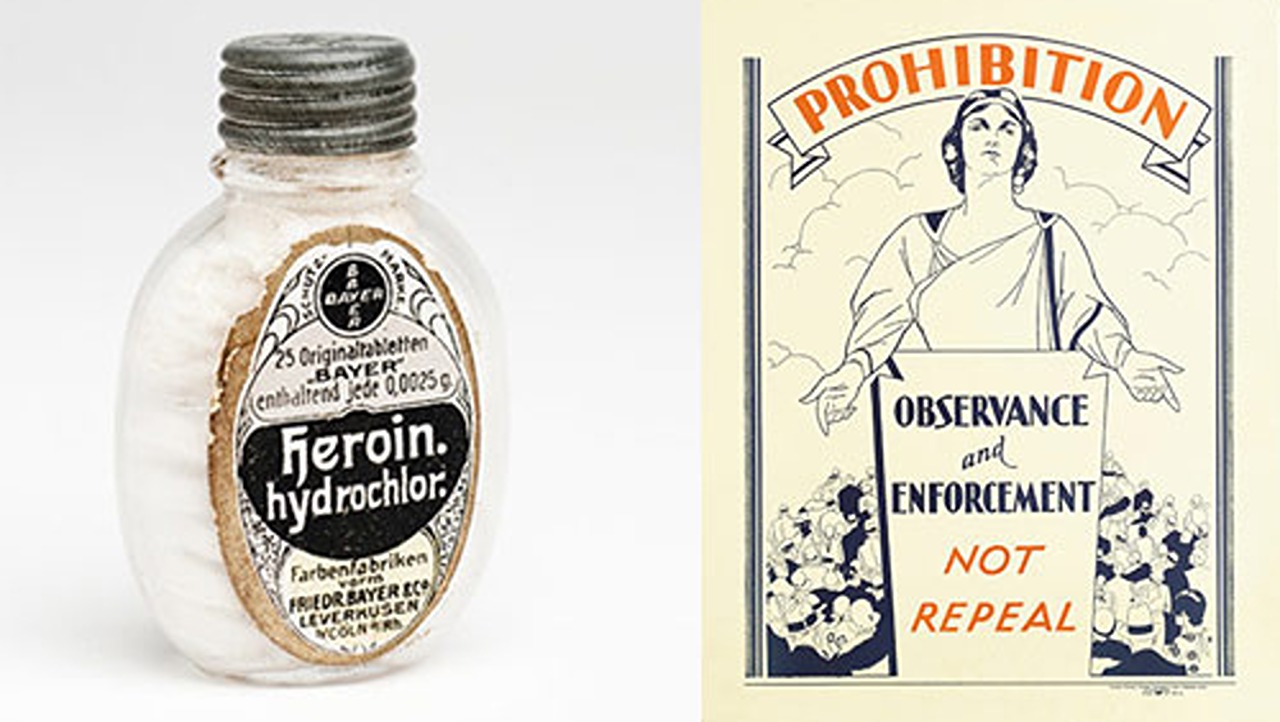
There were no legal restrictions on the production of heroin, creating an attractive opportunity for large smuggling organisations. Entrepreneurs visiting Turkey, Three heroin factories were established in Istanbul and they saw that not many people knew that they had been producing for years. So how were these factories established?
Japanese in 1926 in Taksim They started production by establishing a company named Oriental Products Company. Second heroin factorywas founded in 1929 by Ecza-i Tıbbiye ve Kimyeviye (ETKİM) and started its operations in Eyüp. The third factory was established in Kuzguncuk in 1929 by the Turkish Pharmaceutical and Chemical Company (TETKAŞ).
The common feature of these factories was that they were partners of international drug dealers.
Due to legal gaps and lack of control, Istanbul quickly became “capital of heroin” became. While the total capital of 27 industrial companies in Turkey was 10 million liras as of 1929, the profits made by heroin factories overshadowed these figures and reached enormous levels. The annual budget of the factories exceeded 4 million liras, and the profits gained turned into a power that could exceed any control.
responsible for inspecting factories Ministry of Health and Social Welfare It was clearly seen to be ineffective.
By the 1930s, American newspapers “Our Türkiye problem” He started making news under the title and placed Turkey at the center of illegal drug production and trade.
In this news, Turkey has not signed the Hague and Geneva conventions, “behavior outside the civilized world” It was emphasized as. This situation turned into a boycott, first in the USA and then in Europe.
In the midst of a global boycott that has significantly affected Turkish goods, already under the influence of a major world depression Türkiye’s economy was seriously affected. All goods coming from Turkey, both in America and Europe, were strictly inspected at customs and were subjected to bureaucratic procedures that sometimes lasted days.
During this period, news and articles accusing Turkey about drugs increased in the foreign press.
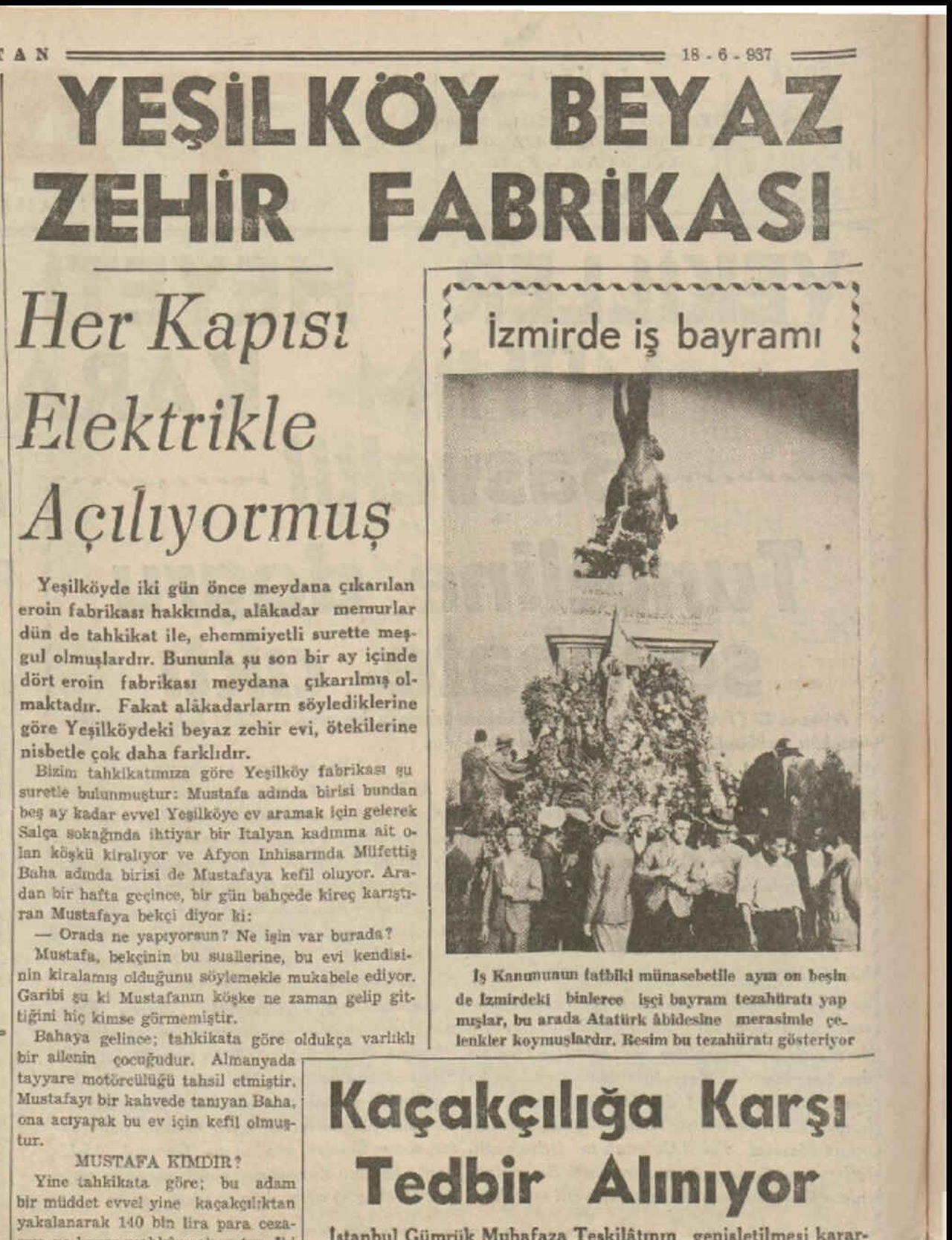
Tan Newspaper, 1937.
This situation was also effective in the meeting of the Opium Commission of the League of Nations, which started in Geneva on January 9, 1931. Turkey’s drug production and its role in trade constituted the discussions at the center of the commission, and the commission report included statements accusing Turkey. During this period, the chairman of the Turkish delegation in Geneva was Hasan Saka, the chairman of the board of directors of the heroin factory in Kuzguncuk.
With a decree dated May 20, 1931, the activities of heroin factories were reorganized. This decree imposed strict control and restrictions on the production, export and sales of factories.
In particular, by increasing the inspections of factory owners against illegal activities such as smuggling, It was envisaged that he would be punished under Article 403 of the Criminal Code. With another decree, ETKİM heroin factory in Eyüp was closed.
Atatürk held a cabinet meeting on this issue on December 23, 1932.
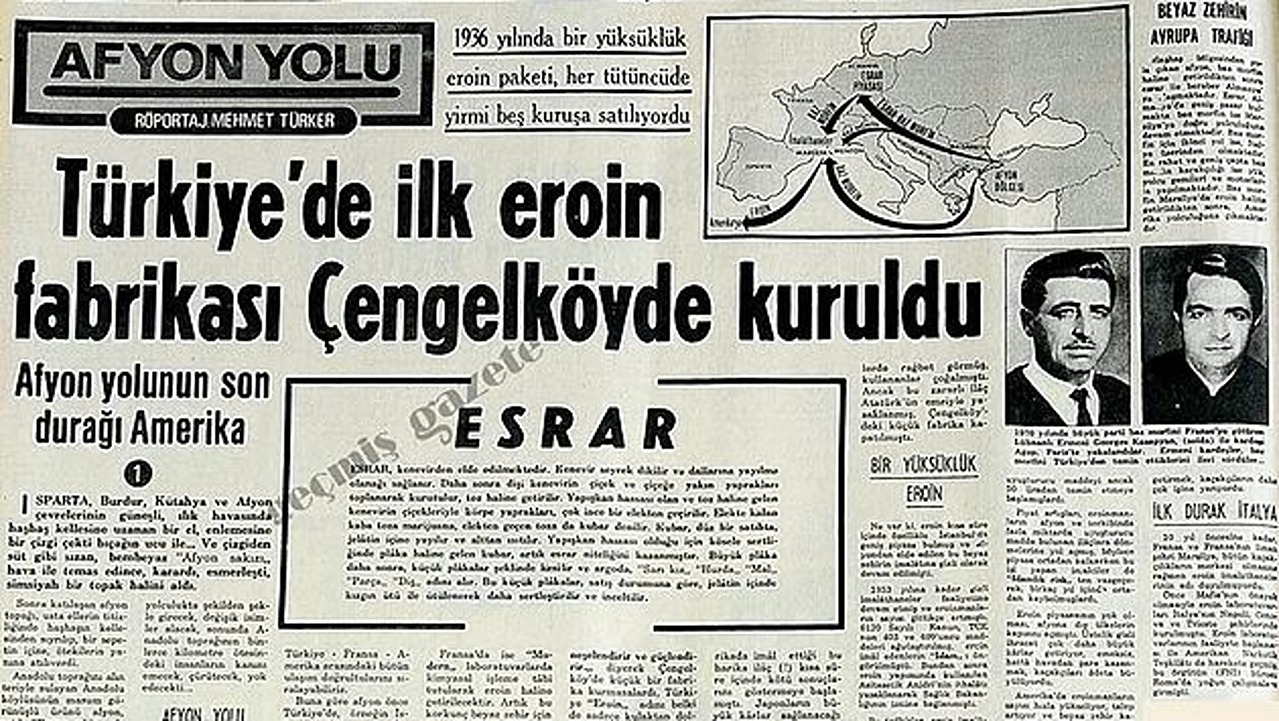
At the meeting, the Hague and Geneva agreements were accepted, A program was announced that includes measures to prevent closed heroin factories from reopening. However, obstacles were encountered in the Turkish Grand National Assembly to enact this program.
Drug and smuggling lobby; It consisted of influential names such as Deputy Speaker of the Turkish Grand National Assembly Hasan Saka, Minister of Internal Affairs Şükrü Kaya and Cumhuriyet Newspaper owner Yunus Nadi. Even if they prevented this situation, the expected law was finally passed on January 14, 1933, after a year of obstruction by this lobby. With international pressure, the Turkish government, since 1933 It imposed a serious restriction on poppy cultivation.
in 1936 The number of provinces where poppy is planted increased from 62 to 17, opium production decreased from 200 thousand tons to 80 thousand tons per year. On May 31, the Narcotics Monopoly was established within the Ministry of Economy. State; While monopolizing the production, export and import of opium, morphine and its derivatives, it liberalized the domestic trade in raw opium.
This is a dangerous situation in the world right now. the drug heroin This is how the story of his passage from our country began and ended, at least legally.
Our other contents about the Ottoman Empire:
RELATED NEWS
The Unbelievable War in which the Austrian Army Mistakenly Killed 10 Thousand Soldiers as Ottoman Soldiers: The Battle of Şebeş
RELATED NEWS
The Ottoman Sultan Who Deserved His Nickname Due to His Actions in the Palace: ‘Crazy’ İbrahim
RELATED NEWS
What was the crime of Vizier Ahmet Pasha, whose body was chopped into bite-sized pieces and sold to the public in the Ottoman Empire?
RELATED NEWS
How Did Fratricide Occur in the Ottoman Empire, Where Even Swaddled Babies Were Seen as a Potential Threat and Killed?
RELATED NEWS
